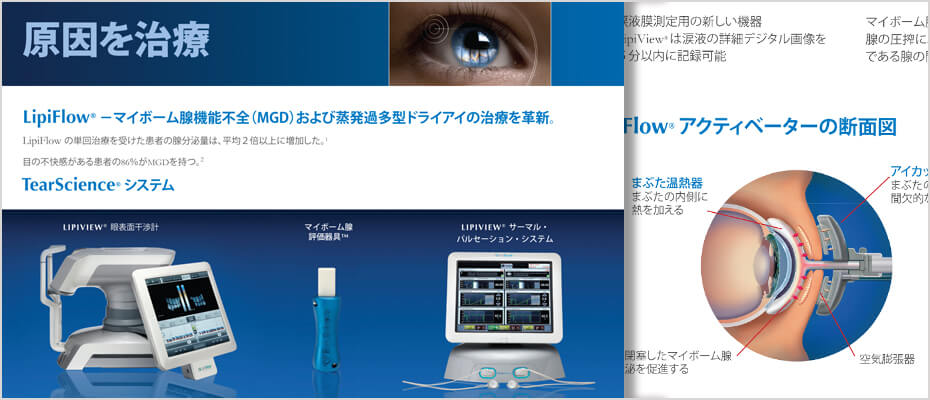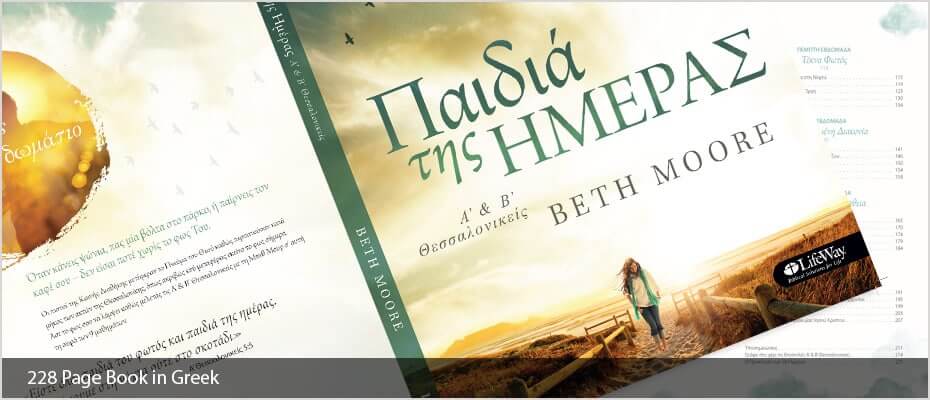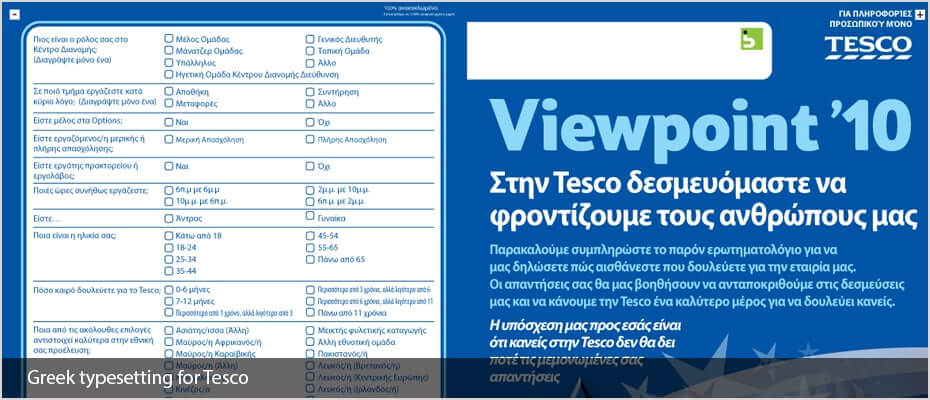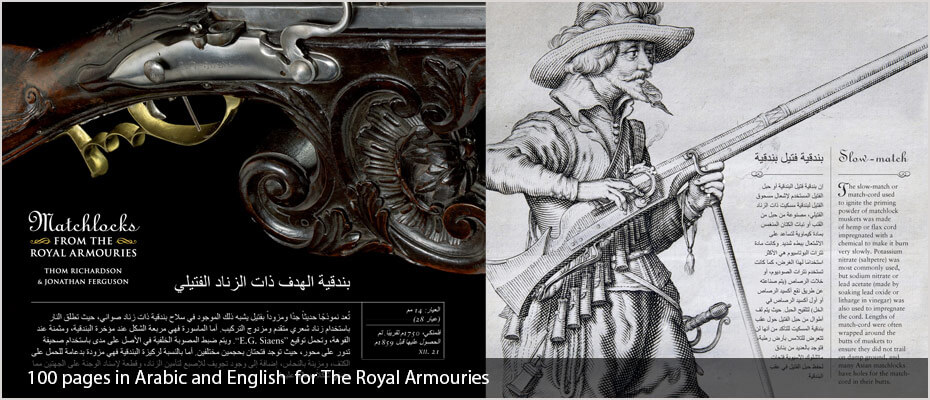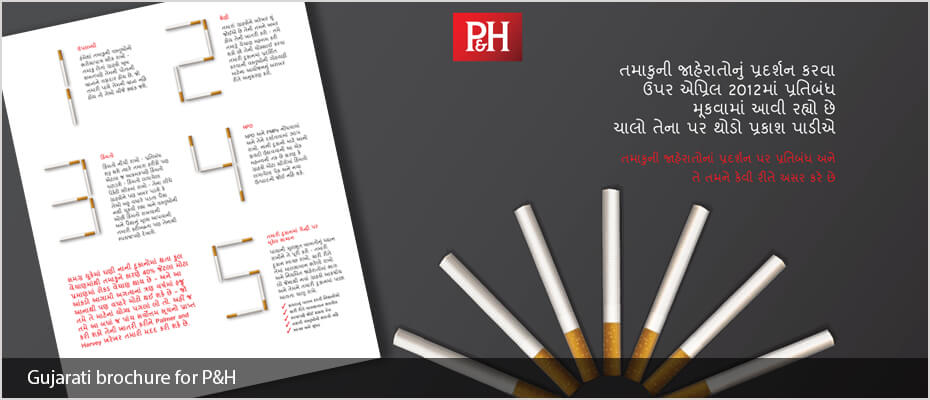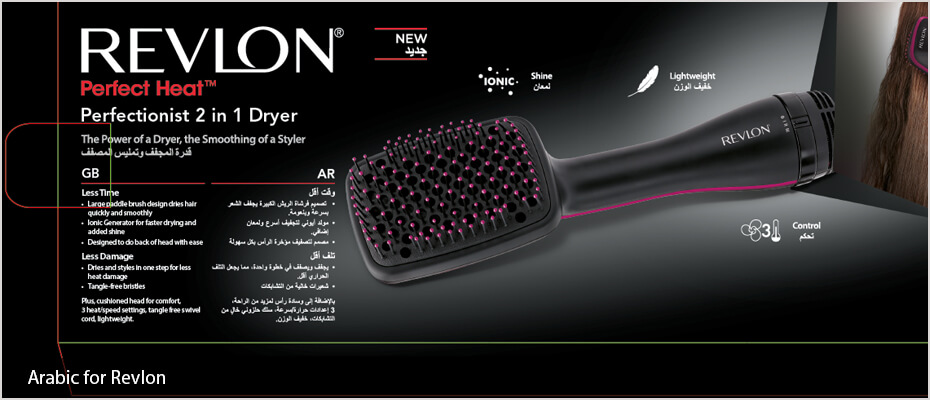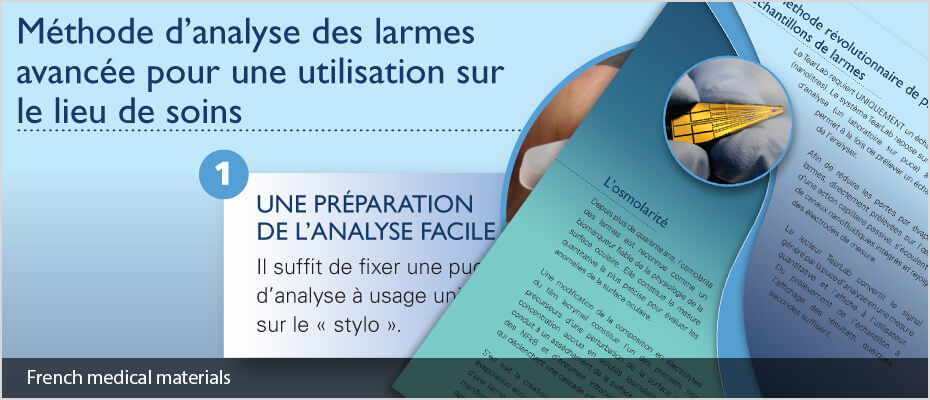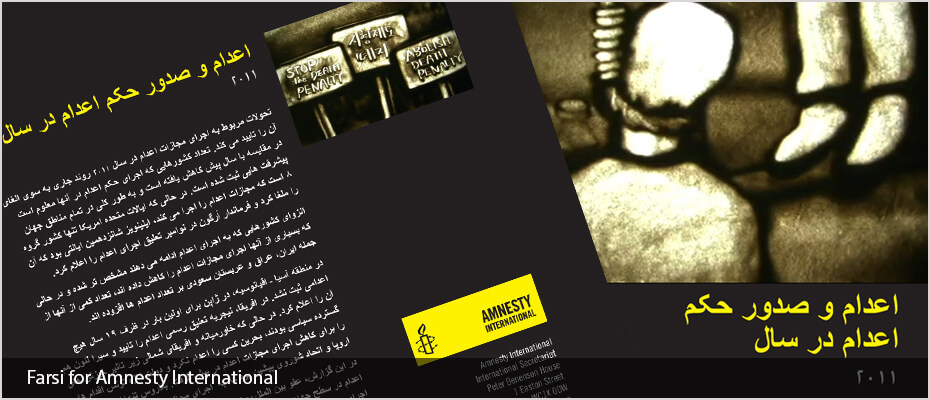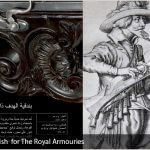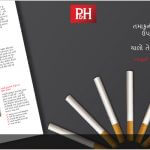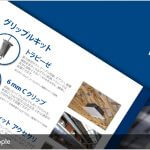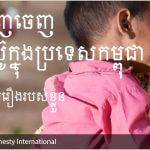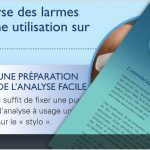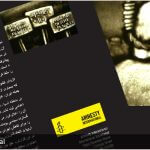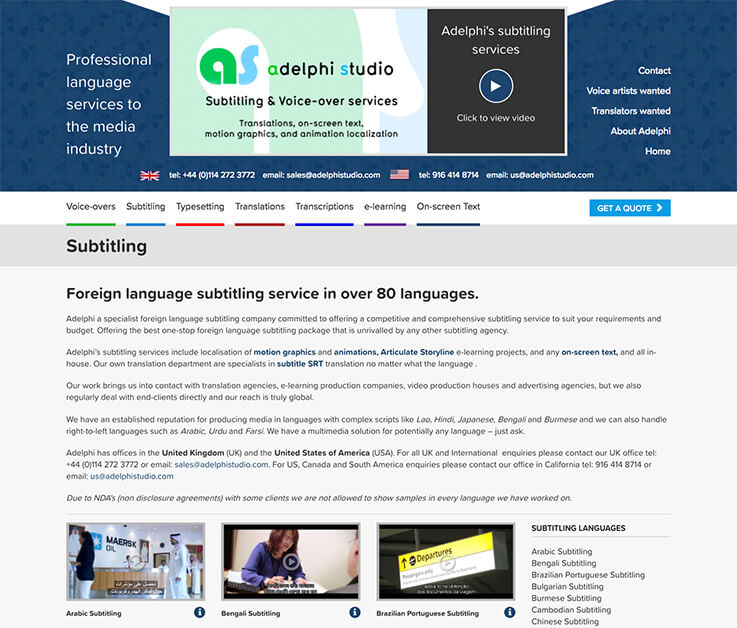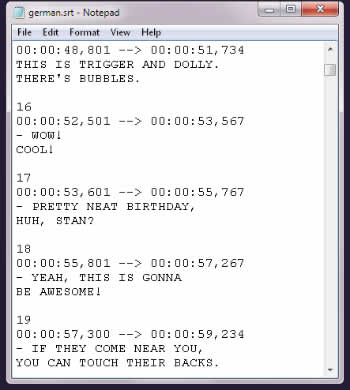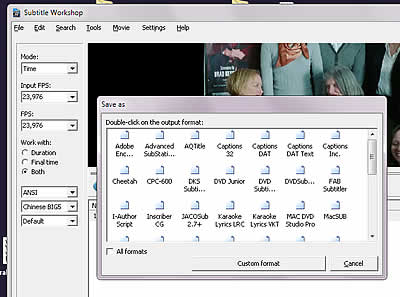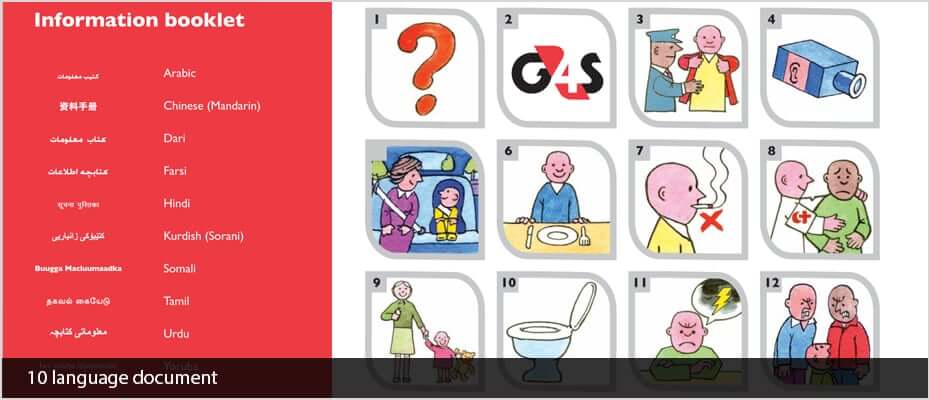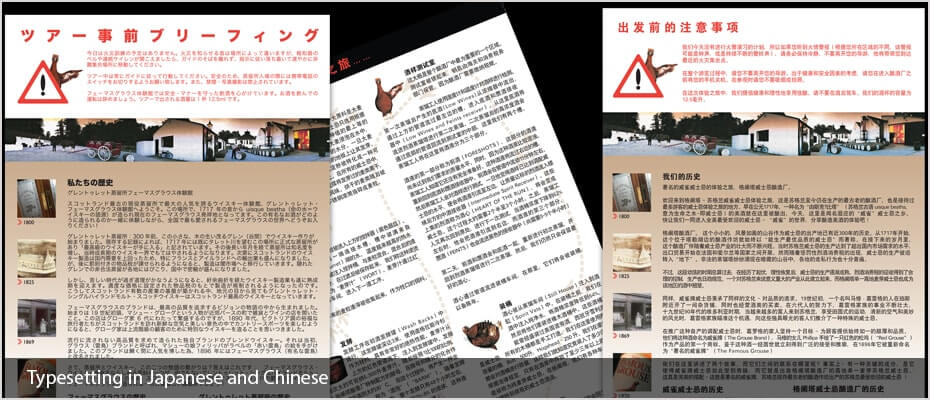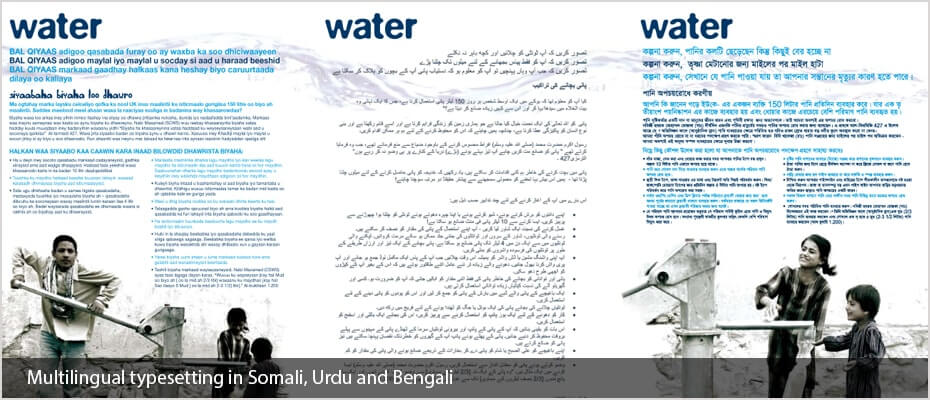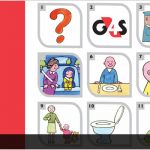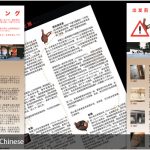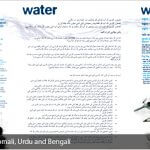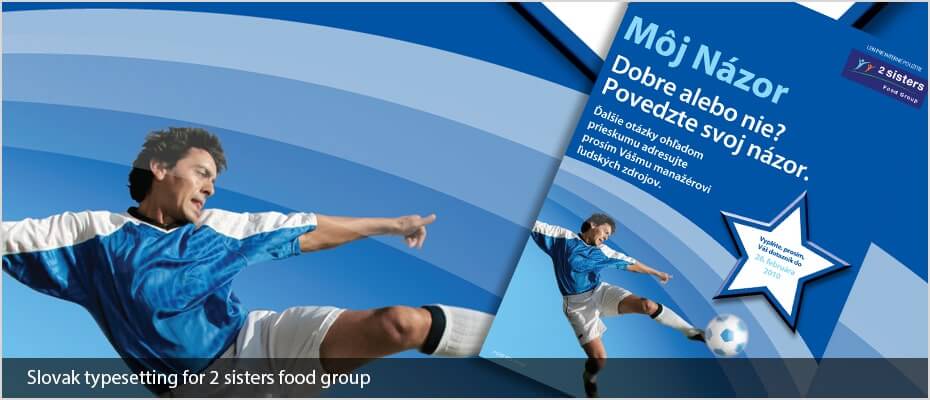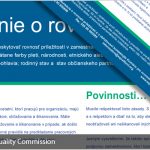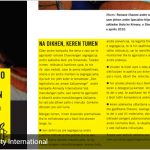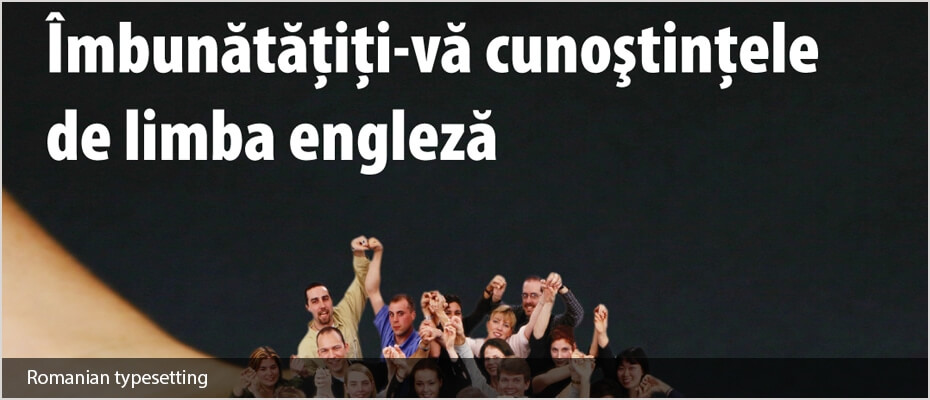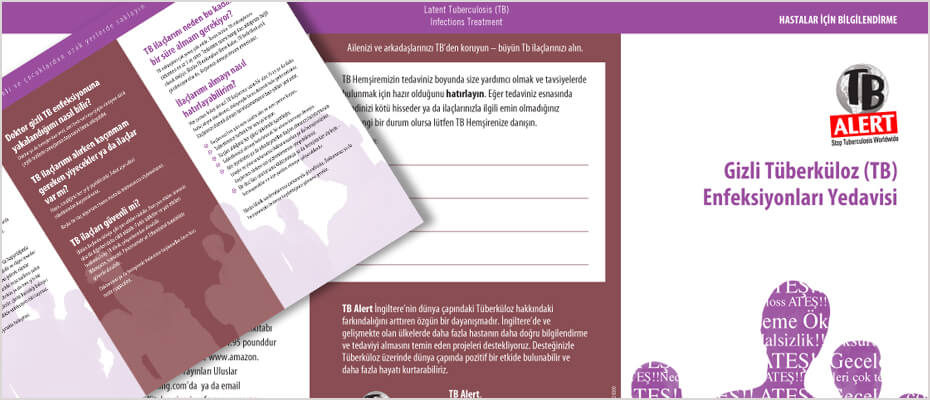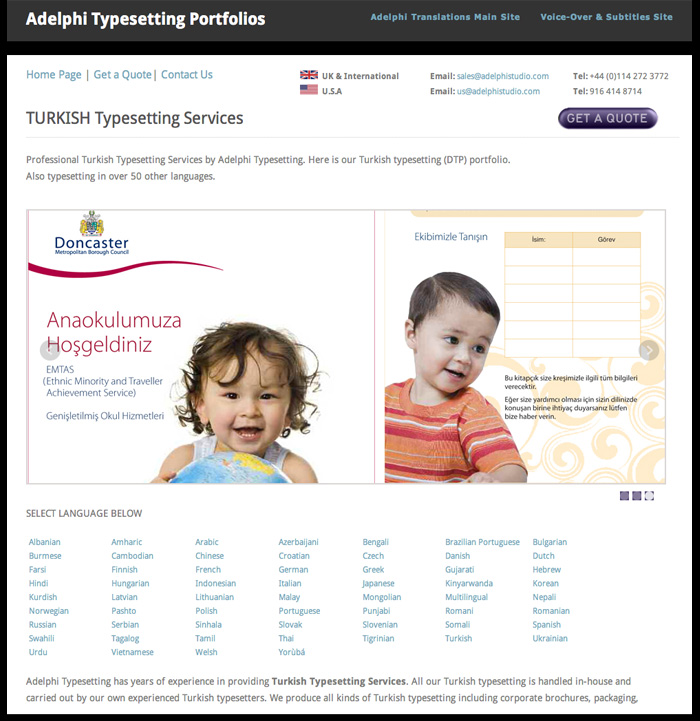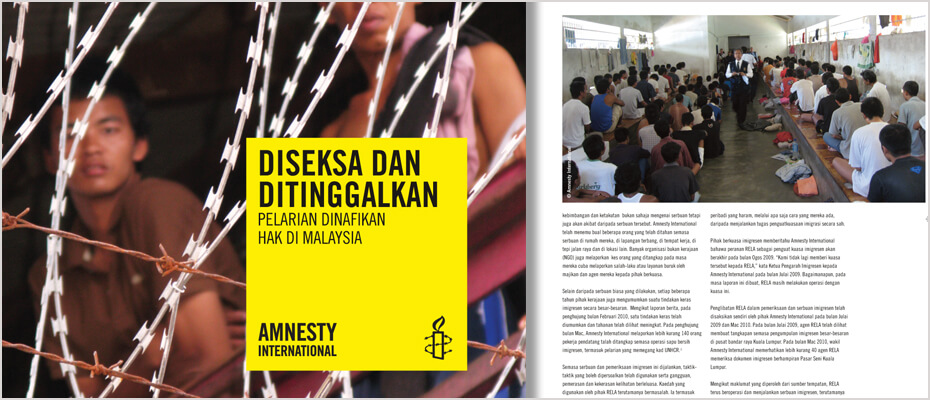Japanese typesetting (DTP) services
Adelphi started out by specializing in Japanese typesetting 15 years ago but even before Adelphi was established their Managing Director lived in Japan for 10 years working at a publishing house in Tokyo. Since then Adelphi has translated and typeset over 120 different languages. Our in-house Japanese staff proofread all Japanese typeset work before approving it for sending to the client.
When commissioning Japanese typesetting and translation it is important to prepare a style sheet for words staying in English, otherwise they will be transliterated using Katakana, which is a separate Japanese alphabet used only for foreign words and names. E.g. Coffee is spelt コーヒー pronounced KOH-HE.
Translating and typesetting Japanese poses no technical problems as Japanese fonts are supported on both Macs and PCS, and by all professional typesetting applications.
——————————————————————————————————————————————————————————————————
Adelphi Typesetting is our new website with typesetting portfolios in over 60 languages
VIEW PORTFOLIO
Japanese Typesetting Things to Consider
Like Chinese, Japanese sentences do not have spaces between words, and words should not be cut at the wrong place. Another issue is that Japanese is a double bite language meaning that spaces between characters can vary, this is usually not a problem but it means that spaces before and after such things as commas, brackets etc look longer than normal and sometimes clients ask for these to be changed not understanding that this is the way it is supposed to be in written Japanese.
Japanese Voice-Overs and Japanese Subtitling
We also produce multilingual voice recordings and multilingual subtitles. To see samples please visit our dedicated website at www.adelphistudio.com
——————————————————————————————————————————————————————————————————
Arabic Typesetting Services
Professional Arabic Typesetting Services
Adelphi has its own in-house typesetting studio providing Arabic typesetting. All our Arabic typesetting is handled in-house and carried out by our own experienced studio.
Adelphi Translations Ltd. has over 20 years experience in handling Arabic, Kurdish, Farsi, Urdu and other right to left languages including translations, proofreading, typesetting and the delivery of print ready PDFs set your your specification.
[soliloquy id=”11164″]
As Arabic is a right to left language we use InDesign with a special plugin to typeset all of our Arabic. We do have a converter that can convert QuarkXpress to InDesign if needed. Part of the process in converting documents English to Arabic is flipping the documents so that they read from back to front with the correct pagination. This can cause some problems when the English version has not been designed with this in mind and sometimes requires judgments to be made to make the text and images read correctly while keeping the style required.
We recently typeset a 100 page document, posters and labels in Arabic & English for an event in Oman for the Royal Armouries. We also set financial documents for every month for the use in the UAE, Egypt, Saudi Arabia, and Lebanon. Other regular clients for Arabic typesetting are Vidal Sassoon, Toni & Guy, Jaguar Land rover and many others. We also work for international aid agencies such as Amnesty International, Refugee Action, UNICEF and the Refugee Council. As well as Arabic, Adelphi also translates and typesets other right to left languages such as Urdu, Farsi, Dari and Pashto etc.
Arabic Translation Services
Adelphi aims to provide a full service typesetting service to our customers. The translation itself is just a part of this service. Our experienced team will work with you to fully understand your project in order to effectively manage the workflow from concept to completion. Our ultimate aim is to facilitate your communication objectives.
Adelphi is a Arabic typesetting publishing and translation agency that aims to provide a full localization service to our customers.
Our Arabic typesetting services include:
- Arabic Document Translations
- Arabic Proofreading
- Arabic typesetting using InDesign
- QuarkXpress conversion to InDesign
- DTPQA quality assurance checking of documents
- Localisation of graphics in documents
- Dedicated project manager
- Fast turnaround
- Print ready PDFs set to your specifications
- 100% work carried out In-house by our own DTP studio
Greek desktop publishing and typesetting services
Our Greek DTP and typesetting services include:
- Greek Document Translations
- Greek Proofreading
- Greek Desktop publishing and typesetting using all major publishing software
- Desktop publishing into over 120 languages
- Quality assurance checking throughout the process
- Localisation of graphics in documents
- Dedicated project manager
- Fast turnaround
- Print ready PDFs set to your specifications
- 100% work carried out In-house by our own DTP studio
Clients:
We work for companies and organisations such as Disney, Vidal Sassoon, and Jaguar Land Rover, to list a few. Plus international aid agencies such as Amnesty International, Refugee Action, UNICEF and the Refugee Council as well as many translation agencies and publishing companies all over the world.
A simple guide to localising InDesign files using translation software
By using an IDML file exported from InDesign we can speed up the translation and DTP process when using translation memory software. This method keeps all the formatting from the original InDesign file such as links, character and paragraph styles and fonts plus any interactive elements such as cross-references.
Click here to read more information
What is the difference between desktop publishing and typesetting
- Typesetting is also defined as: Typesetting is the process, the craft, of setting the type for a document, not to be confused with typography, which is the art of designing the type.
- Desktop publishing is also defined as The production of printed matter by means of a printer linked to a desktop computer, with special software.
Desktop publishing tips for localising English materials
- In some designs the pages are simply filled with text, leaving no room for text expansion. Most languages (with some notable exceptions) run longer than English and some of them run much longer. This causes the localised versions to have to make some sort of compromise: either text becomes smaller or a condensed font is used, or some material is completely cut out for brevity. Neither scenario is ideal, so it is much better to consider this aspect of the task at the design stage.
- Overuse of text formatting features such as drop caps, CAPITALISED TEXT, coloured text, bold text and italic text etc. can slow down the localisation process, as the formatting needs to be applied to the precise word or phrase in translation that is equivalent to the English. Sometimes, this does not work at all if the target language has a dramatically different word order.
- Embedded, non-editable text in images require extra attention and can slow things down dramatically, especially when over the main part of the image. Where possible, the text should be made available for editing in InDesign. If not, we will require all of the PSD files to work with.
- Avoid designing paragraphs or “word clouds” with mixed font sizes that look good in English but have no chance of being replicated in the target language: quite often they do not have the same impact when localised and can often be “lost in translation”. Furthermore, due to word order difference, keywords in English at the beginning of a sentence might end up in the middle or at the end of the sentence when translated.
- One of the most frequent issues we encounter is the incorrect and inconsistent usage of style sheets, in particular where one style has been used but in some instances, bold text, italics or even different fonts have been changed manually. This can cause significant delays in the localisation process.
- Sending the artwork to be typeset BEFORE it is signed off by the client is never a good idea, and neither are new design changes after we have already started the work. We can do nothing in situations like these where significant changes are requested mid-project but start again and present new figures for the work, delaying work and incurring further costs for the client.
Subtitling Translation Services
Subtitling Translations including SRT and STL formats
Adelphi Translations have been providing subtitling translation services for over 15 years. We provide the translations through to the final subtitled video ready for publication.
Many of the industry standard subtitle production software will not work with right to left languages such as Arabic. Adelphi offer subtitling translation services in all video formats from videos such as Mov, MPEG-2, WMV, flv, etc.
As well as providing subtitling translation services for video, Adelphi Translations have been involved in many projects which required ‘same language captions’, which are basically subtitles intended as an aid to deaf or hard-of-hearing viewers.
Below are subtitle samples in various languages, click on the video you wish to watch.
Adelphi Studio
Our new website ‘Adelphi Studio‘ which is dedicated to our voice-over and subtitling services is now live, to see more voice-over and subtitling samples please click on the link above or select a language from the drop down menu and you will be taken to the site.
Open and closed caption subtitling translation services
Adelphi always produce all their subtitles in-house and never outsource any of the work therefore maintaining confidentiality as well as quality.
There are two basic methods of producing foreign language subtitles. The subtitles can be ‘burned’ onto the video, which means they cannot be turned on or off and are always visible. They become part of the video file itself. Although using this method means that multiple languages cannot be selected using the same file it is possible to produce multiple versions of the video with different subtitles which can be selected by the user, for example by clicking on different links on a web page. For more sophisticated format such as DVD the format allows multiple channels of subtitles (and audio) to be created as separate streams on the disc. These can be switched on and off through the selection menu created in the authoring process. At Adelphi Translations we can re-author your DVD to include subtitles and foreign language audio tracks if you can provide us with the original video or the original DVD.Our subtitling translation services produce switchable foreign language subtitles programmatically. In Adobe Flash, for example, subtitles can be created in an XML file which can then be linked to the Flash movie. An XML file can be created for each language and these can be selected using links in the Flash movie itself.
For DVD authoring the subtitle file is essentially a text file with timing information included. The screen shot below shows and example of such a file. In this particular subtitle format there is a subtitle number, followed by the start time of the line, a separator ( –> ) the end time of the line and then, after a line-break, the lines themselves. This is the .srt format.
The process itself is not complicated but, unfortunately, there is a bewildering range of subtitle file formats which differ from each other in the way the text file is formatted. The differences may be small, such as the format of the time-code itself, or the use of line-breaks, tabs, spaces etc., to separate the individual subtitles, but it is important to know exactly which format of subtitle file your authoring tool will accept.
The subtitles are produced using a variety of software. Some are better at handling right-to-left languages for Arabic, Dari, Farsi, Kurdish, Hebrew and Urdu subtitles, while others handle Unicode well, for subtitles in exotic scripts such as Thai, Tamil or Amharic. Whatever your requirement we can produce a subtitle file to suit your video and software. Russian and other Eastern European subtitles such as Bulgarian, Ukrainian and Belarusian use the Cyrillic alphabet. The main issue with these is the length of text when compared to the original English. Central European languages such as Polish, Czech, Slovak and Hungarian use an extended version of the Latin alphabet. Only Greek is the non-Latin alphabet in Western Europe. Subtitling is a straight-forward concept which can be a practical nightmare so why not let Adelphi Translations handle the project from transcription to translation and subtitle production?
Adelphi has offices in the United Kingdom (UK) and the United States of America (USA).
For all UK and International enquiries please contact our UK office tel: +44 (0)114 272 3772 or email: sales@adelphistudio.com.
For US, Canada and South America enquiries please contact our office in California tel: 916 414 8714 or email: us@adelphistudio.com
English to Mandarin (Simplified Chinese) Translation and Typesetting
[soliloquy id=”11182″]
Traditional (Cantonese) and Simplified (Mandarin) Chinese
Both Mandarin and Cantonese refer to spoken languages whereas Traditional and Simplified donates the writing systems. Mandarin is the official language in mainland China and Cantonese is used in Hong Kong, Macau and the province Guangdong.
Mandarin text contracts around 15% less than the English source so when typesetting Mandarin it could cause problems if this has not been taken into account in the original design.
All our Mandarin typesetting is handled in-house and carried out by our own experienced typesetters. We produce all kinds of Mandarin typesetting including corporate brochures, packaging, business cards, posters and manuals.
Adelphi is a full service translation agency, which as well as producing Mandarin translations also produces Mandarin subtitling and Mandarin voice-overs and has with offices in the UK and USA. When typesetting some languages it is important to know which font works for that particular language in a particular design package. By using Adelphi for your translation and typesetting we will ensure that the correct font is used to avoid any problems at the typesetting stage.
Adelphi has been translating and typesetting Mandarin and other languages for national and international companies including Jaguar, Vidal Sassoon, Cisco, Sony etc, direct or via their advertising and design agencies. We also work for international aid agencies such as Amnesty International, Refugee Action, UNICEF and the Refugee Council.
Multilingual desktop publishing in any language
Clients:
For Amnesty International we have typeset brochures in Kurdish Sorani, Tamil, Italian, Chinese, Cambodian, Croatian, Farsi, Albanian, Malay, Urdu, Hungarian, Ukrainian, Sinhalese, Indonesian, Nepali, Korean, Russian, Lithuanian, Portuguese, Brazilian Portuguese, Khmer, Georgian, Serbian, Kinyarwanda, Swahili, Hindi, Bengali and Greek.
We work for companies and organisations such as Disney, Vidal Sassoon, and Jaguar Land Rover, to list a few. Plus international aid agencies such as Amnesty International, Refugee Action, UNICEF and the Refugee Council as well as many translation agencies all over the world.
A simple guide to localising InDesign files using translation software
By using an IDML file exported from InDesign we can speed up the translation and DTP process when using translation memory software. This method keeps all the formatting from the original InDesign file such as links, character and paragraph styles and fonts plus any interactive elements such as cross-references.
Click here to read more information
Desktop publishing tips for localising English materials
- In some designs the pages are simply filled with text, leaving no room for text expansion. Most languages (with some notable exceptions) run longer than English and some of them run much longer. This causes the localised versions to have to make some sort of compromise: either text becomes smaller or a condensed font is used, or some material is completely cut out for brevity. Neither scenario is ideal, so it is much better to consider this aspect of the task at the design stage.
- Overuse of text formatting features like coloured text, bold text and italic text etc. can slow down the localisation process, as the formatting needs to be applied to the precise word or phrase in translation that is equivalent to the English. Sometimes, this does not work at all if the target language has a dramatically different word order.
- Embedded, non-editable text in images require extra attention and can slow things down dramatically, especially when over the main part of the image. Where possible, the text should be made available for editing in InDesign. If not, we will require all of the PSD files to work with.
- Avoid designing paragraphs or “word clouds” with mixed font sizes that look good in English but have no chance of being replicated in the target language: quite often they do not have the same impact when localised and can often be “lost in translation”. Furthermore, due to word order difference, keywords in English at the beginning of a sentence might end up in the middle or at the end of the sentence when translated.
- One of the most frequent issues we encounter is the incorrect and inconsistent usage of style sheets, in particular where one style has been used but in some instances, bold text, italics or even different fonts have been changed manually. This can cause significant delays in the localisation process.
- Sending the artwork to be typeset BEFORE it is signed off by the client is never a good idea, and neither are new design changes after we have already started the work. We can do nothing in situations like these where significant changes are requested mid-project but start again and present new figures for the work, delaying work and incurring further costs for the client.
Slovak desktop publishing and typesetting services
Our Slovak DTP and typesetting services include:
- Slovak Document Translations
- Slovak Proofreading
- Slovak Desktop publishing and typesetting using all major publishing software
- Desktop publishing into over 100 languages
- Quality assurance checking throughout the process
- Localisation of graphics in documents
- Dedicated project manager
- Fast turnaround
- Print ready PDFs set to your specifications
- 100% work carried out In-house by our own DTP studio
Clients:
We work for companies and organisations such as Disney, Vidal Sassoon, and Jaguar Land Rover, to list a few. Plus international aid agencies such as Amnesty International, Refugee Action, UNICEF and the Refugee Council as well as many translation agencies and publishing companies all over the world.
A simple guide to localising InDesign files using translation software
By using an IDML file exported from InDesign we can speed up the translation and DTP process when using translation memory software. This method keeps all the formatting from the original InDesign file such as links, character and paragraph styles and fonts plus any interactive elements such as cross-references.
Click here to read more information
What is the difference between desktop publishing and typesetting
- Typesetting is also defined as: Typesetting is the process, the craft, of setting the type for a document, not to be confused with typography, which is the art of designing the type.
- Desktop publishing is also defined as The production of printed matter by means of a printer linked to a desktop computer, with special software.
Desktop publishing tips for localising English materials
- In some designs the pages are simply filled with text, leaving no room for text expansion. Most languages (with some notable exceptions) run longer than English and some of them run much longer. This causes the localised versions to have to make some sort of compromise: either text becomes smaller or a condensed font is used, or some material is completely cut out for brevity. Neither scenario is ideal, so it is much better to consider this aspect of the task at the design stage.
- Overuse of text formatting features such as drop caps, CAPITALISED TEXT, coloured text, bold text and italic text etc. can slow down the localisation process, as the formatting needs to be applied to the precise word or phrase in translation that is equivalent to the English. Sometimes, this does not work at all if the target language has a dramatically different word order.
- Embedded, non-editable text in images require extra attention and can slow things down dramatically, especially when over the main part of the image. Where possible, the text should be made available for editing in InDesign. If not, we will require all of the PSD files to work with.
- Avoid designing paragraphs or “word clouds” with mixed font sizes that look good in English but have no chance of being replicated in the target language: quite often they do not have the same impact when localised and can often be “lost in translation”. Furthermore, due to word order difference, keywords in English at the beginning of a sentence might end up in the middle or at the end of the sentence when translated.
- One of the most frequent issues we encounter is the incorrect and inconsistent usage of style sheets, in particular where one style has been used but in some instances, bold text, italics or even different fonts have been changed manually. This can cause significant delays in the localisation process.
- Sending the artwork to be typeset BEFORE it is signed off by the client is never a good idea, and neither are new design changes after we have already started the work. We can do nothing in situations like these where significant changes are requested mid-project but start again and present new figures for the work, delaying work and incurring further costs for the client.
Romanian desktop publishing and typesetting services
Our Romanian DTP and typesetting services include:
- Romanian Document Translations
- Romanian Proofreading
- Romanian Desktop publishing and typesetting using all major publishing software
- Desktop publishing into over 100 languages
- Quality assurance checking throughout the process
- Localisation of graphics in documents
- Dedicated project manager
- Fast turnaround
- Print ready PDFs set to your specifications
- 100% work carried out in-house by our own DTP studio
Clients:
We work for companies and organisations such as Disney, Vidal Sassoon, and Jaguar Land Rover, to list a few. Plus international aid agencies such as Amnesty International, Refugee Action, UNICEF and the Refugee Council as well as many translation agencies and publishing companies all over the world.
A simple guide to localising InDesign files using translation software
By using an IDML file exported from InDesign we can speed up the translation and DTP process when using translation memory software. This method keeps all the formatting from the original InDesign file such as links, character and paragraph styles and fonts plus any interactive elements such as cross-references.
Click here to read more information
What is the difference between desktop publishing and typesetting
- Typesetting is also defined as: Typesetting is the process, the craft, of setting the type for a document, not to be confused with typography, which is the art of designing the type.
- Desktop publishing is also defined as The production of printed matter by means of a printer linked to a desktop computer, with special software.
Desktop publishing tips for localising English materials
- In some designs the pages are simply filled with text, leaving no room for text expansion. Most languages (with some notable exceptions) run longer than English and some of them run much longer. This causes the localised versions to have to make some sort of compromise: either text becomes smaller or a condensed font is used, or some material is completely cut out for brevity. Neither scenario is ideal, so it is much better to consider this aspect of the task at the design stage.
- Overuse of text formatting features such as drop caps, CAPITALISED TEXT, coloured text, bold text and italic text etc. can slow down the localisation process, as the formatting needs to be applied to the precise word or phrase in translation that is equivalent to the English. Sometimes, this does not work at all if the target language has a dramatically different word order.
- Embedded, non-editable text in images require extra attention and can slow things down dramatically, especially when over the main part of the image. Where possible, the text should be made available for editing in InDesign. If not, we will require all of the PSD files to work with.
- Avoid designing paragraphs or “word clouds” with mixed font sizes that look good in English but have no chance of being replicated in the target language: quite often they do not have the same impact when localised and can often be “lost in translation”. Furthermore, due to word order difference, keywords in English at the beginning of a sentence might end up in the middle or at the end of the sentence when translated.
- One of the most frequent issues we encounter is the incorrect and inconsistent usage of style sheets, in particular where one style has been used but in some instances, bold text, italics or even different fonts have been changed manually. This can cause significant delays in the localisation process.
- Sending the artwork to be typeset BEFORE it is signed off by the client is never a good idea, and neither are new design changes after we have already started the work. We can do nothing in situations like these where significant changes are requested mid-project but start again and present new figures for the work, delaying work and incurring further costs for the client.
Turkish Translation and Typesetting
We have over 10 years of experience working with Turkish language. Adelphi Translations Ltd. translate Turkish to English and English to Turkish. We can work on your Adobe Indesign, Adobe Framemaker, QuarkXPress or Microsoft Office files. To avoid any problems printing it is normal procedure to provide high quality print-ready PDFs.
When typesetting Turkish a Turkish font has to be used as Turkish has special characters such as an uppercase i but with a dot (Ä°). Turkish text also expands around 30% more than the English source so when typesetting Turkish it could cause problems if this has not been taken into account in the original design.
Adelphi Typesetting is our latest website with portfolios in over 60 languages
VIEW PORTFOLIOS
All our Turkish typesetting is handled in-house and carried out by our own experienced typesetters. We produce all kinds of Turkish typesetting including corporate brochures, packaging, business cards, posters and manuals.
Adelphi is a full service translation agency, which as well as producing Turkish translations also produces Turkish websites, Turkish subtitling and Turkish voice-overs and has with offices in the UK and USA. When typesetting some languages it is important to know which font works for that particular language in a particular design package. By using Adelphi for your translation and typesetting we will ensure that the correct font is used to avoid any problems at the typesetting stage.
Adelphi has been translating and typesetting Turkish and other languages for national and international companies including Jaguar, Vidal Sassoon, Cisco, Sony etc, direct or via their advertising and design agencies. We also work for international aid agencies such as Amnesty International, Refugee Action, UNICEF and the Refugee Council.
Adelphi has typeset documents in over 100 languages and have built up expertise in using InDesign, QuarkXpress, FrameMaker, Illustrator etc. as well as all Microsoft applications.
——————————————————————————————————————————————————————————————————
Malay Translation and Typesetting (DTP)
We have over 10 years of experience working with Malay language. Adelphi Translations Ltd. translate Malay to English and English to Malay. We can work on your Adobe Indesign, Adobe Framemaker, QuarkXPress or Microsoft Office files. To avoid any problems printing it is normal procedure to provide high quality print-ready PDFs. We also produce voice recordings and subtitles for video in Malay as well as translation, typesetting and localization of web sites into Malay.
Malay text expands around 10% more than the English source so when typesetting Malay it could cause problems if this has not been taken into account in the original design.
We are based in Sheffield, UK and handle language projects for local clients in commercial centres such as Leeds, Manchester, Birmingham, Glasgow and London but also have many International clients from around the world. All Malay typesetting at Adelphi is carried out in-house, no work is subcontracted out. Hence maintaining quality and confidentiality.
A recent project we produced in Malay was for Amnesty International.
Adelphi Typesetting is our latest website with portfolios in over 60 languages
VIEW PORTFOLIOS

All our Malay typesetting is handled in-house and carried out by our own experienced typesetters. We produce all kinds of Malay typesetting including corporate brochures, packaging, business cards, posters and manuals.
Adelphi is a full service translation agency, which as well as producing Malay translations also produces Malay websites, Malay subtitling and Malay voice-overs and has with offices in the UK and USA. When typesetting some languages it is important to know which font works for that particular language in a particular design package. By using Adelphi for your translation and typesetting we will ensure that the correct font is used to avoid any problems at the typesetting stage.
Adelphi has been translating and typesetting Malay and other languages for national and international companies including Jaguar, Vidal Sassoon, Cisco, Sony etc, direct or via their advertising and design agencies. We also work for international aid agencies such as Amnesty International, Refugee Action, UNICEF and the Refugee Council.
Adelphi has typeset documents in over 100 languages and have built up expertise in using InDesign, QuarkXpress, FrameMaker, Illustrator etc. as well as all Microsoft applications.
——————————————————————————————————————————————————————————————————
Adelphi Translations Limited is a company registered in England and Wales.
Company Number 06989736 · Registered Office Barnsley Digital Media Centre, County Way, Barnsley, S70 2JW, UK

